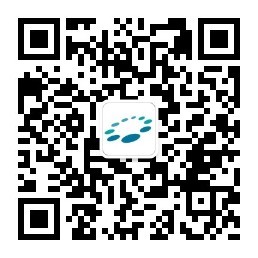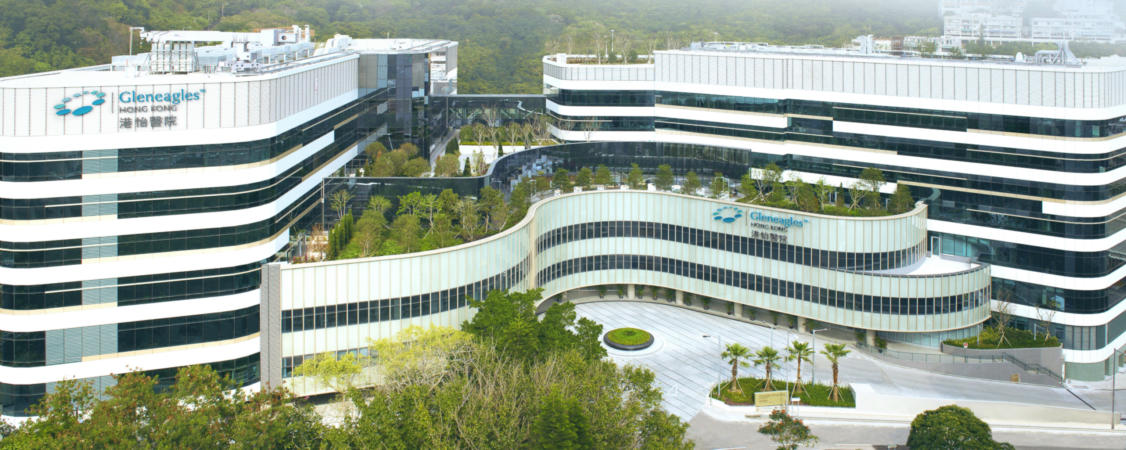Golfer's elbow, tennis elbow and other painful conditions
What is Golfer’s Elbow?
Golfer’s elbow refers to pain on the inside of the elbow caused by inflammation of one of the tendons that join the forearm muscles to the elbow. The pain takes place at the bony bump on the inside of the elbow where the flexor tendons of the forearm attach to the part of the elbow called the medial epicondyle. That is why golfer’s elbow is also known as “medial epicondylitis”.
Causes of the pain include:
- Bending the wrist
- Squeezing a ball
- Swinging a golf club
- Swinging a racket forward
- Turning a door knob
- Weight training
Golfer’s elbow can happen to anyone who uses the wrist or fingers repetitively or performs activities such as digging, gardening and hammering nails.
The major symptom of golfer’s elbow is tenderness and pain on the inside of the elbow. Other symptoms include:
- Less strength than usual when grasping items or squeezing the hand into a fist
- Pain spreading down the arm — actions such as bending wrist, twisting forearm down or grasping objects can worsen the pain
- Worsening pain when lifting a heavy object withthe palm up
Physiotherapy will reduce pain and inflammation and promote healing. Physiotherapy techniques may include:
- Education on correct sports techniques or golf swing to avoid recurrence
- Elbow taping or golfer’s elbow strap
- Massage to relieve tightness and tension in the forearm muscles
- Non-steroidal anti-inflammatory drugs (NSAID)
- Pain relief and tissue repair treatments such as ultrasound, electrical stimulation of the nerves and heat therapy
- Ice patch on the elbow to reduce inflammation
- Resting the elbow
- Stretching and strengthening exercises for the elbow muscles
If the above treatment options are not effective, the doctor may treat the affected elbow with a steroid injection. Surgery is usually only considered if all other treatments are ineffective.
What is Tennis Elbow?
Tennis elbow refers to pain and tenderness on the outside of the elbow caused by inflammation of one of the tendons that join the forearm muscles to the elbow. The forearm muscles and tendons become damaged from overuse. The condition is also known as “lateral epicondylitis”.
Tennis elbow is typically caused by the motion of a tennis downstroke. The muscle of the forearm (extensor carpi radialis brevis) is weakened from overuse. Small tears can form in the tendon fibres that attach the muscle to the elbow, leading to pain and inflammation. As the elbow bends and straightens, the muscle rubs against bony bumps in the forearm, which can cause gradual wear and tear of the muscle over time.
Tennis elbow can happen to anyone who uses their forearm muscle regularly and is especially common among painters, plumbers, carpenters, cooks and butchers.
The symptoms of tennis elbow are similar to those of golfer’s elbow, except that tennis elbow causes pain on the outside of the elbow. Other symptoms include:
- Pain spreading down the arm
- Worsening pain when using forearm — holding a racquet, turning a wrench or shaking hands
Treatments usually include:
- Wearing a brace centred over the back of the patient’s forearm to help relieve symptoms by resting the muscles and tendons
- Check of the patient’s racquet for correct fit to prevent recurrence of symptoms
- Non-steroidal anti-inflammatory drugs (NSAID) to reduce pain and swelling
- Rest with usually no sports or heavy work activities for several weeks
- Steroid injections if other treatments are unsuccessful
- Wrist stretching exercises






